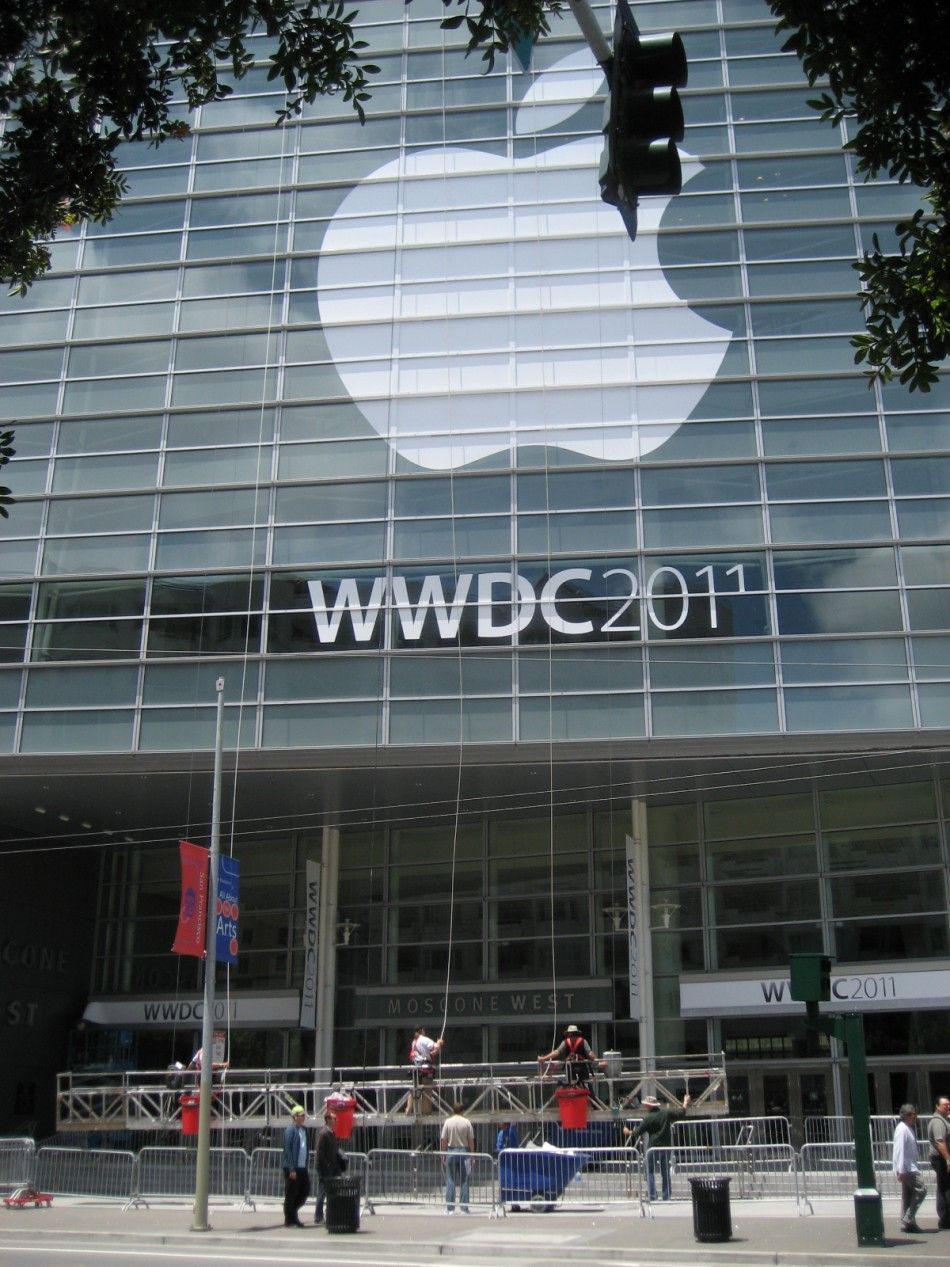Chinese Treasure Ship Set To Return To The Western Ocean On The Trail Of Legendary Admiral [PHOTOS]
More than six hundred years ago, China's greatest seagoing explorer sailed into the Indian Ocean in a show of force to demonstrate the country's wealth, maritime power, and international authority.
Today, the country is trying to recapture that old grandeur by reconstructing a vessel based on a centuries-old Ming Dynasty design. China plans to sail the new ship within the next two years into the western ocean, as the Chinese call it, as a reenactment of the glorious voyages of its maritime hero, Muslim eunuch admiral Zheng He.
In a warehouse in the former imperial capital of Nanjing, a massive wooden vessel -- a treasure ship -- is taking shape, fitted plank by plank by shipwrights using traditional methods. Some estimates put the largest treasure ships of Zheng He's era at 450 feet long (137 meters) and 180 feet wide (55 meters), though many scholars question those figures as exaggerations and think the actual ships were half as big. In either case, they would have been the greatest ocean-going vessels of their age, much larger than European oceangoing vessels of the 15th and 16th centuries.
A museum in Nanjing showcasing treasure ships and Ming explorations exhibits a wooden and concrete stationary replica more than 200 feet (63 meters) long. The new ship being built is expected to be similar, and therefore at a much more manageable size.
Xinhua says the hull of the new treasure ship has already been completed, and the next stage will involve installing decks, masts, and other accessories. Although the vessel is an all-wood construction, it will carry modern equipment for piloting and navigation. Overall construction is expected to be completed by the end of 2012 and the ship is expected to set sail for a return visit to the southern seas (perhaps both the South China Sea and Indian Ocean) by 2014.
Nanjing took the national spotlight on July 11 as China celebrated Maritime Day 2012.
Admiral Zheng He made 7 voyages into the Indian Ocean, between 1405 and 1433, showing the flag of the Ming Empire at the height of its power, establishing trade relations with numerous South Asian and Southeast Asian kingdoms, fighting pirates, and bringing back exotic wares and animals. The fleets traveled to Malacca, Java, Siam, Cochin, ports in Southwestern India such as Calicut, and on to Hormuz and Aden, reaching as far as Mogadishu in today's Somalia, and are thought to have visited areas along the Eastern coast of Africa. Zheng He's first voyage in 1405 included some 200-300 ships of varying sizes, carrying supplies, soldiers, trade goods, dignitaries, and thousands of sailors. Chinese scholars say the admiral logged more than 100,000 kilometers or some 54,000 nautical miles. That's approximately two and half times longer than the circumference of the globe at the equator.
Zheng is beloved by modern Chinese maritime promoters. He has become deeply symbolic of China's vast potential to those eager to see their country's new economic power and international influence sustained across the world, supported by a powerful oceangoing navy.
A modern Chinese naval training-ship, named the Zheng He, set out for a world tour in April. Having already visited Vietnam, India, Italy and Spain, it has recently arrived in the Atlantic port of Halifax in Canada. Crowds of Chinese residents turned out at ports around the world to welcome the ship and its over 300 sailors.
A spokesman for the Canadian navy remarked last Tuesday that It is interesting how Canada and China have a lot of similarities in the sense that they are both maritime nations. They both have proud naval histories, so there is certainly a lot that we can share... They had flags out and were singing their national anthem.
Indeed, Zheng He's symbolism and China recent maritime growth is helping to change international perceptions of the country, which by the end of the Cold War had one of the world's smallest shipping fleets and an antiquated navy.
The training ship's half-year voyage will eventually take it back into the Pacific Ocean and Chinese shores.








© Copyright IBTimes 2024. All rights reserved.




















